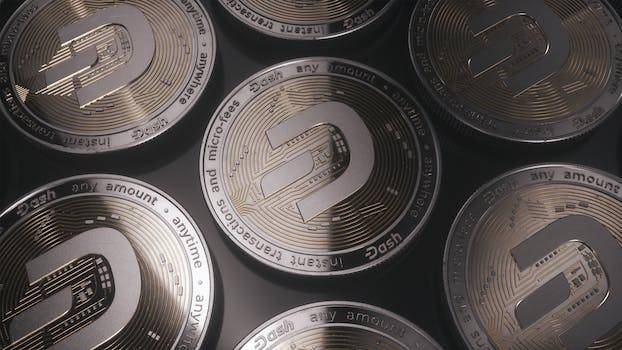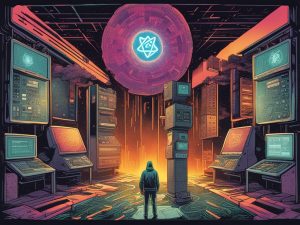Non-Fungible Tokens: The Tokenization of Salvator Mundi Artwork
Despite recent fluctuations in value, non-fungible tokens (NFTs) remain popular among crypto enthusiasts. We have seen various items, from videos to Tweets to paintings, being tokenized as digital collectibles. And now, the world’s most expensive painting, “Salvator Mundi,” is joining the NFT trend.
Key Points:
– ElmonX, a digital asset firm, is set to tokenize Salvator Mundi as an NFT.
– The painting previously sold for $450 million at Christie’s New York, making it the highest-priced artwork ever sold at auction.
– Salvator Mundi is a masterpiece by Leonardo Da Vinci, showcasing his brilliance and influence in the art world.
– The artwork depicts Jesus Christ holding a crystal orb, and it was rediscovered by Da Vinci around the 1500s.
– ElmonX will launch Salvator Mundi as an ultra-exclusive NFT, giving art enthusiasts the chance to own a unique representation of this iconic piece in the blockchain era.
Salvator Mundi’s tokenization as an NFT not only adds a new dimension to the artwork but also provides an opportunity for people to engage with and own a significant piece of art history. This move highlights the growing influence of NFTs in the art market and their ability to bridge the gap between traditional and digital art forms.
As the popularity of NFTs continues to rise, we can expect to see more iconic artworks and collectibles tokenized in the future, creating new opportunities for artists, collectors, and investors alike. The world of digital art and blockchain technology is undoubtedly an exciting space to watch.
Hot Take:
The tokenization of Salvator Mundi as an NFT showcases the increasing intersection of art and technology. It opens up new possibilities for art ownership and engagement, while also raising questions about the value and authenticity of digital assets. As the NFT market evolves, it will be fascinating to see how it impacts the art world and transforms the way we perceive and interact with art.





 By
By
 By
By
 By
By
 By
By
 By
By